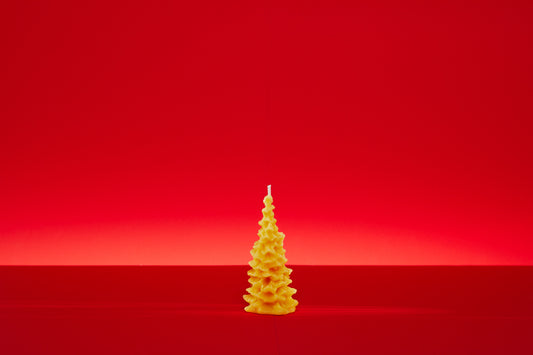In the light of Polish and EU regulations, honey is produced by Apis Meliffera bees from nectar or honeydew. The conclusion is that in a jar marked "HONEY" we should find a natural, single-component, sweet substance consisting of glucose and fructose with the addition of bee enzymes, vitamins, organic acids and other molecules from the harvest. When buying a jar of honey, can you be sure that it is real?
Honey and honey-like products
Any human intervention in the composition of honey by adding glucose syrup or pieces of fruit means that we are no longer dealing with honey, but with a honey-like product. We do not question the quality of these products, as their ingredients may be of high value. We want the name of such a mixture not to mislead the customer.
Honey is made only from two raw materials: honeydew and nectar. Therefore, we may be dealing with honeydew, nectar or honeydew-nectar honey, produced by bees, without any external interference in its composition. Then, in accordance with applicable regulations, the name "HONEY" may appear on the jar's label. Any other added ingredient will make it no longer look like honey. Awareness of this is important, because it is almost time for products that have nothing to do with the effects of bees' work to be called honey. Hardworking beekeepers who make every effort to deliver the real thing will suffer. Consumers looking for a healthy product will also lose.
Proper labeling of honey-like products
The presence of honey-like products and herbal honeys on the market, which have a group of supporters among consumers, is certainly justified. However, they should be properly marked so as not to mislead the customer. An example of a solid approach to this issue is Bartnik Sądecki's honey-like product "Cud Miód Ginger&Cytryna". The name was invented by the manufacturer for a mixture of natural honey with lemon and ginger. This is a correct, legal marketing exercise. It would be wrong to call the product ginger-lemon honey, because it was not produced by bees from the nectar of the lemon tree and ginger root. This is impossible.
Despite this, a large group of companies give their honey-like products misleading names. An example is "Gingerbread Honey" from the Sadowski Apiary. The name suggests that we are dealing with honey produced by bees from the nectar of a gingerbread tree unknown to science.
Summary
- A jar of honey bought in a store does not always contain a clean product, rich in nutrients and health ingredients.
- Remember that pure honey can only be nectar, honeydew or nectar-honeydew.
- By purchasing a honey-like product, we receive honey with additives that the bees did not produce.
- The result of the work of bees and beekeepers who care about the quality of their work is a pure, single-ingredient substance with the legally protected name "HONEY".











